My First Encounter with a Marimo
“Are the fuzzy leaf-ball things in this tank for fish to play with?” I asked.
The aquarium shop clerk removed the covering and dipped his fingers into the water. “Almost,” he said, poking the green, velvety ball around. “It’s a pet plant, a Marimo. A spongy city of plant cells that drifts around lake bottoms at night and floats to the surface in time for sunrise. Makes for an easy pet, they’re really not fussy. They’re fine with fresh tank water about twice a month and sometimes help rolling around,” the clerk explained, giving the ball a nudge. “Just to help it stay in-shape without the waves and currents of a lake.”
Pictured above is the distinctly spherical Marimo. Commonly sold as “Moss Balls” (it’s not actually moss), marimos are a spherical tangle of filamentous green algae that form naturally in northern freshwater lakes. Marimo is their Japanese name, which specifically refers to the largest free-floating spherical colonies of Aegagropila linnaei endemic to Lake Akun, Japan. Worldwide, A. linnaei is found in three different growth forms: epithelial colonies on shaded rock surfaces and unattached filament fluffs are common while this densely packed ‘lake ball’ form is very rare in comparison. Growing only at about 5 mm per year, a marimo might need decades of good luck to reach a diameter of 4-5”.
However, the most famous Marimo are all from Japan’s Lake Akan, where they grow up to an amazing 12” wide! Marimo as part of modern culture traces back to here, where the marimo were made a protected species in 1920 and officially recognized as a National Treasure of Japan (the marimos sold in pet stores are artificial). Though still threatened and wild populations in decline, the Japanese conservation effort is growing strong and includes a local three-day festival celebrating marimo each year.
The store clerk continued, “a Marimo might keep growing for the next hundred years, or it could split into new generations of baby Marimos instead. Parts of a Marimo can’t grow if fresh water and light don’t reach it, and eventually the Marimo core will break apart due to its size. The increase in surface area can’t keep up with the increase in volume. They split into smaller pieces and start over – that’s where baby Marimos come from.”
Already amazed by the Marimo and sold on the practicality of keeping on as a pet, I then noticed they were only $5.99 each and asked about putting in my betta fish’s tank.
“They’ll get along fine,” he assured me. And sure enough, they did.





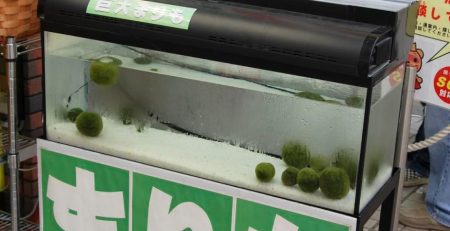
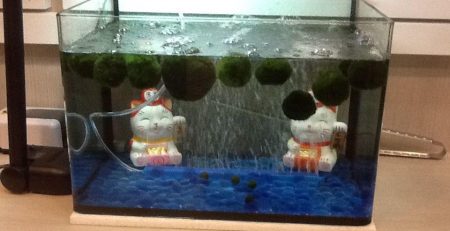

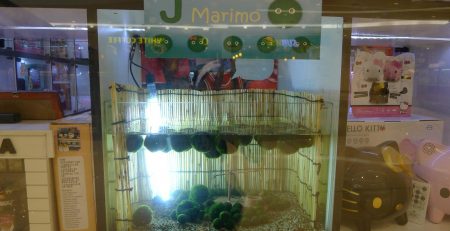



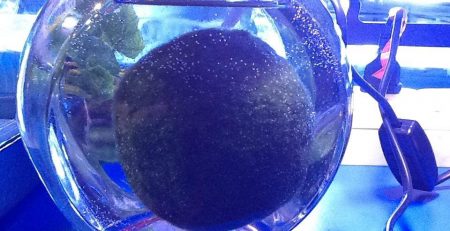
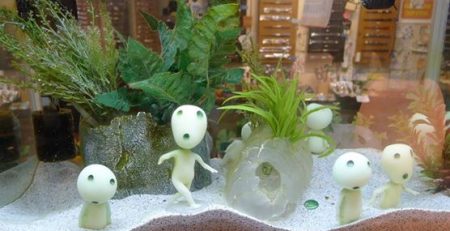
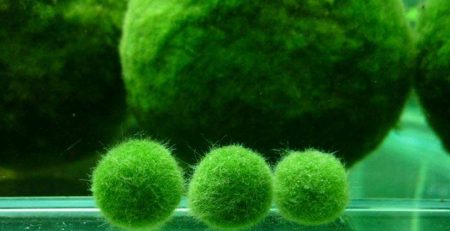
Leave a Reply
You must be logged in to post a comment.